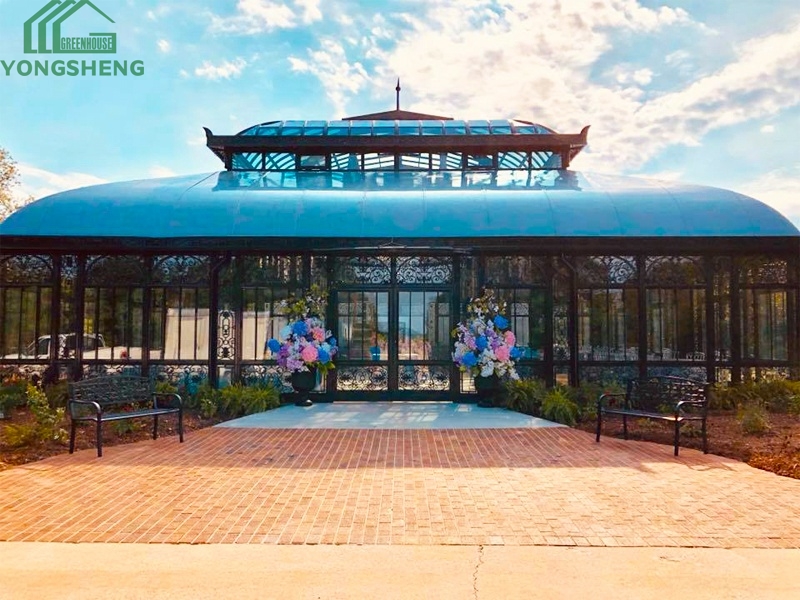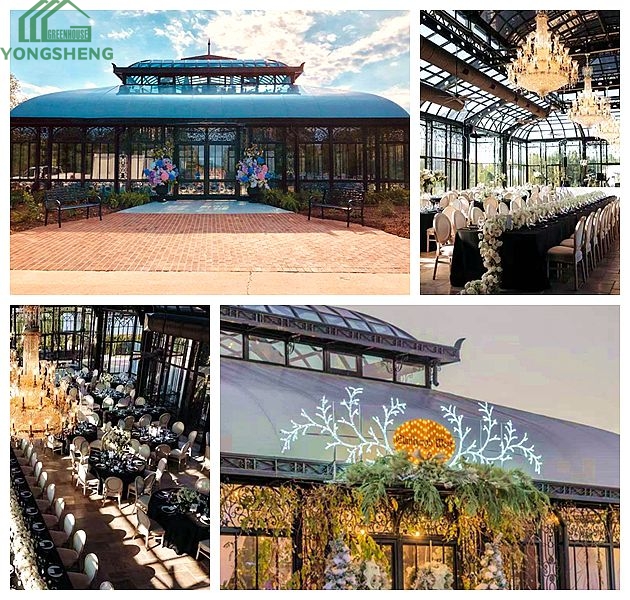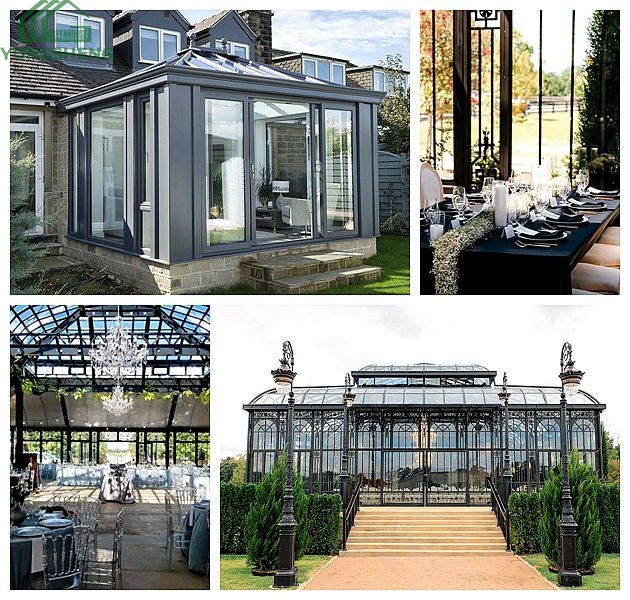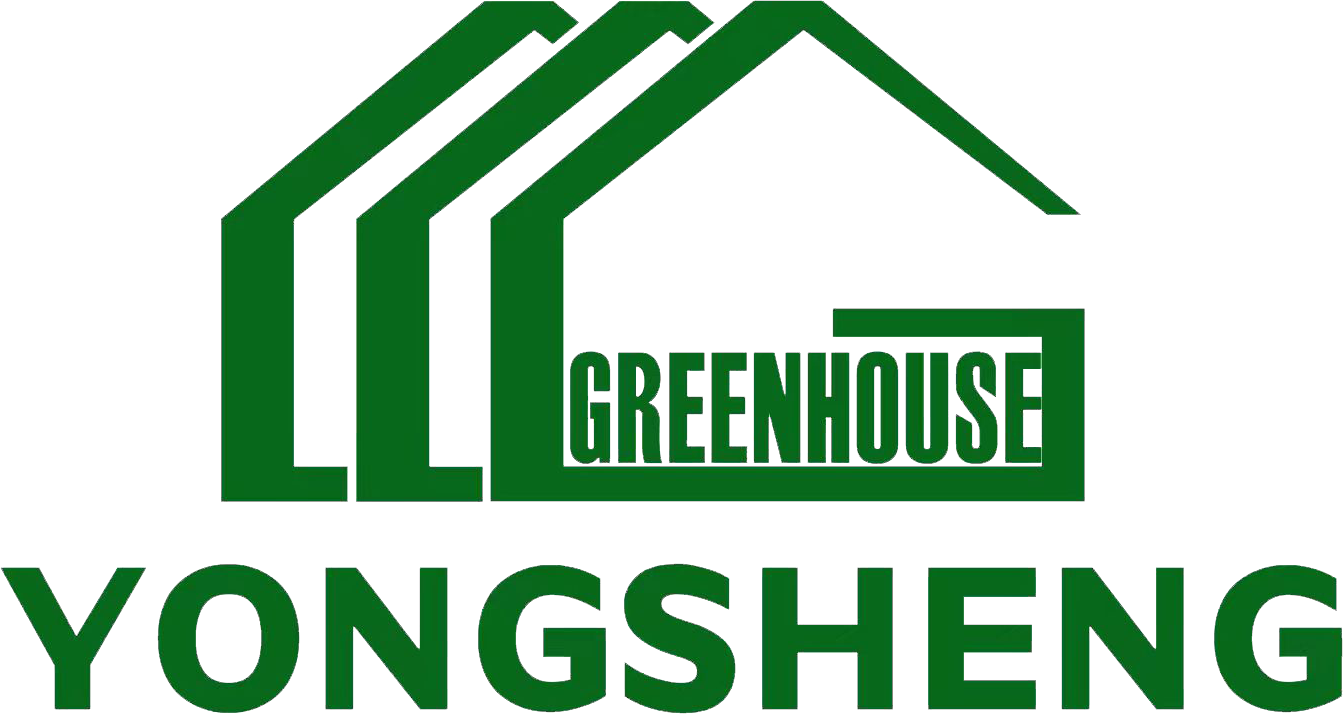
Luxury vs. Commercial: Segmentation Strategies in a $300B Greenhouse Market

The global greenhouse industry is a dynamic market segmented by different consumer needs. On one end, commercial greenhouses focus on efficiency, scalability, and high-yield production. On the other, the luxury greenhouse market—epitomized by the Victorian greenhouse.
This blog explores the key differences between these segments.
1. Commercial Greenhouses: Efficiency at Scale
1.1 The Rise of Industrial-Grade Greenhouses
Commercial greenhouses dominate the market, driven by:
High-volume production (food, flowers, cannabis)
Cost-effective materials (polycarbonate, aluminum frames)
Automation & technology (AI climate control, hydroponics)
These structures function over form, enabling year-round cultivation with minimal labor.
1.2 Market Drivers & Challenges
Food security demands boost large-scale operations.
Energy costs remain a hurdle, pushing innovation in solar-powered designs.
Price sensitivity limits aesthetic customization.
While commercial growers compete on yield-per-square-foot, luxury buyers invest in beauty-per-square-foot.
Luxury Victorian greenhouse by wedding events
2. The Luxury Greenhouse Market: Where Elegance Meets Horticulture
2.1 The Allure of the Victorian Greenhouse
The Victorian style greenhouse is more than a growing space—it’s a status symbol. Inspired by 19th-century conservatories, these structures feature:
Ornate wrought iron or brass frames
Custom glazing (restored antique glass or high-end tempered panels)
Decorative finials, cresting, and intricate joinery
The Luxury Victorian greenhouse is different from commercial models,. Itserves as a garden sanctuary, blending functionality with architectural artistry.

Luxury Victorian greenhouse by wedding events
2.2 Who Buys Luxury Greenhouses?
High-net-worth individuals (estate owners, celebrities)
Historic property restorations (heritage homes, botanical gardens)
Luxury resorts & boutique hotels (wellness retreats, private spas)
These buyers value exclusivity, often commissioning custom designs . For exemple , heated floors, automated ventilation, and even integrated smart home systems.
2.3 Pricing & Profitability
While a commercial greenhouse may cost 10–10–50 per sq. ft., a Luxury Victorian greenhouse ranges from 300–300–1,500+ per sq. ft., depending on materials and detailing. Profit margins are higher, offsetting lower sales volume.
3. Key Differences in Marketing & Sales Strategies
3.1 Commercial Greenhouse Sales
B2B-focused (farmers, agribusinesses, government contracts)
Competitive pricing & bulk discounts
Emphasis on ROI & efficiency metrics
3.2 Luxury Greenhouse Sales
B2C & high-end B2B (architects, landscape designers)
Storytelling & heritage branding (highlighting craftsmanship)
Limited editions & bespoke commissions
Showrooms at elite garden shows (Chelsea Flower Show, RHS events)
Luxury buyers don’t buy a greenhouse—they invest in a legacy piece.
4. Future Trends: Where is the Market Heading?
4.1 Commercial Segment: Tech-Driven Expansion
Vertical farming integration
AI & IoT for precision agriculture
Modular, scalable designs
4.2 Luxury Segment: Sustainability Meets Opulence
“Green luxury” trend (solar-powered Victorian greenhouses)
Rise of hybrid designs (modern interiors with classic façades)
NFT-backed blueprints for ultra-exclusive builds
Conclusion: Two Markets, One Industry
The $300B greenhouse market thrives on segmentation. While commercial players optimize for productivity, luxury brands like Victorian greenhouse artisans sell dreams.
For investors and entrepreneurs, the key is recognizing that both segments are growing. It success lies in understanding what each buyer values.
Final Thought
A Luxury Victorian greenhouse isn’t a place to grow plants—it’s where history, art, and nature intersect. And in an era where experiential luxury reigns supreme, that’s a market poised to flourish.
Would you invest in a commercial operation or a high-end conservatory business? Let’s discuss in the comments!
Why Choose US?
- ● As the first manufacturer in China to introduce the Victorian conservatory design from Europe, we have 36 years of production experience since 1988, and our products are distributed in 68 countries.
- ● We have a professional team of 8 conservatory design engineers and 60 production workers. We are equipped with 2 hot-dip galvanizing machines, 2 steel shot blasting machines, and 1 spray line.
- ● Our professional design team can provide theoretical calculation data support for wind pressure resistance, earthquake resistance, and snow resistance of large-scale steel structure conservatories.
- ● Strict quality control. 8 inspection stages: raw material inspection, cutting and blanking size inspection, welding quality inspection, hot-dip galvanizing quality inspection, spray quality inspection, assembly quality inspection, and packaging quality inspection. Ensuring smooth assembly of the products, no rust, no leakage, and compliance with customer national standards.
- ● We cooperate with many well-known architectural design companies worldwide.
- ● Customized services. We can customize according to customer designs and dimensions. We also provide supporting facilities such as electric sunshades and air conditioners.
- ● We offer installation dispatch services, inspection services, and free replacement of parts. We also present high-value exquisite gifts.
- ● Video factory tour. You can view the entire production process.




